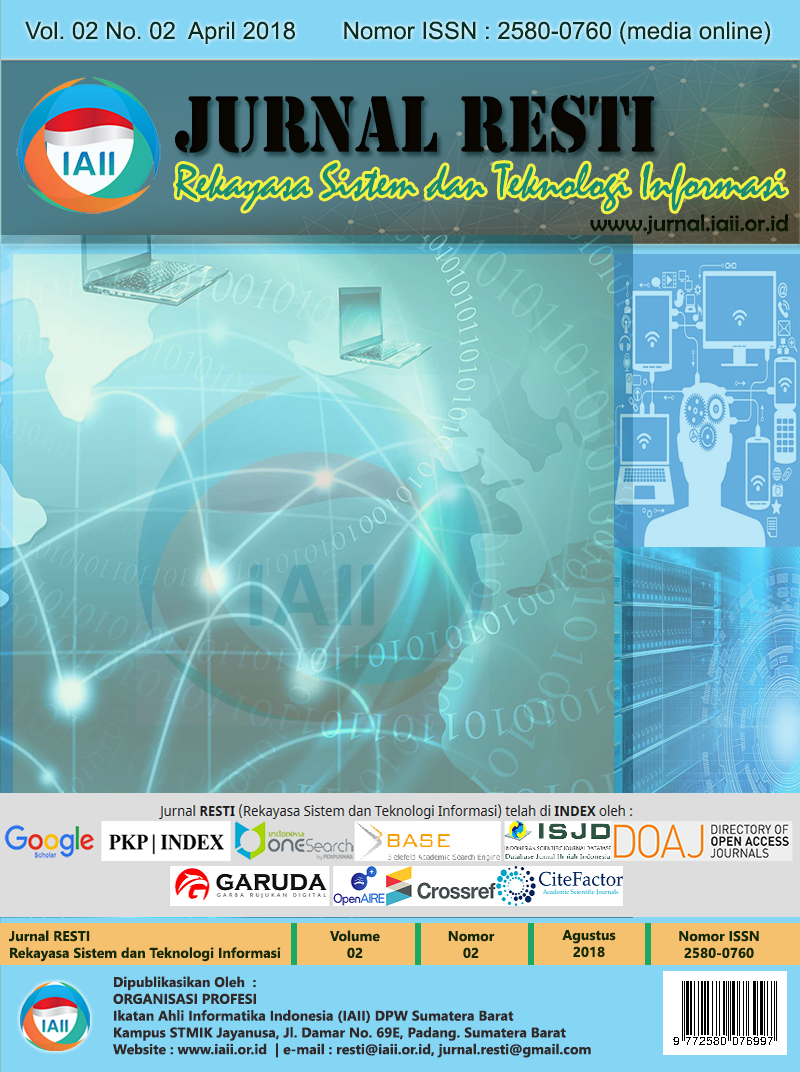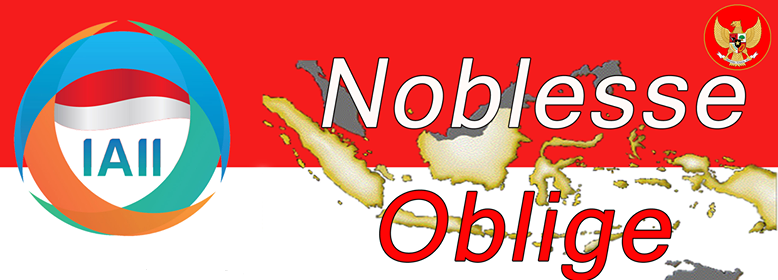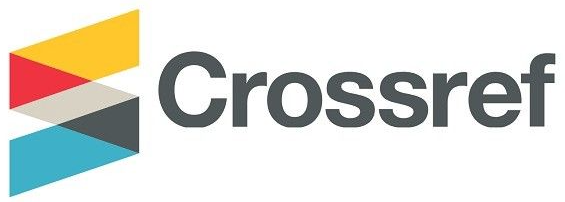ISO 9126 Untuk Pengujian Kualitas Aplikasi Perpustakaan Senayan Library Management System (SLiMS)
Abstract
The rapid development of information systems has made changes almost in all areas of human activity, including the management of college libraries. The presence of reliable software (application) library Senayan Library Management System (SLiMS), it is very helpful to the person in charge of college library in managing the library, e.g: inputing the data, searching, borrowing and returning the library collection. The large number of usage of SLiMS application is expected not only because of its Open Source Software or free usage and license but also because of its good application quality. Using the Functionality, Reliability, Usability, Efficiency, Maintainability and Portability aspects of ISO 9126 standards, it is possible to test the quality of SLiMS application. The data collection method used is Google Forms in creating and distributing questionnaire and interview to some of the person in charge of college library. The result of data collection is processed to obtain information that SLiMS application classified as VERY GOOD category. It means that SLiMS application which has been used by some of the person in charge of college library, obviously it has excellent quality and very helpful in the management of college libraries.
Downloads
References
[1] Presiden Republik Indonesia, Undang-Undang Nomor 43 Tahun 2007 Tentang Perpustakaan. Jakarta: Sekretariat Negara Republik Indonesia, 2007.
[2] A. Nugraha and et al., “Dokumentasi SLiMS Berdasar SLiMS-7 (CENDANA) v.1,” http://slims.web.id, 2009. .
[3] A. Kristanto, Perancangan Sistem Informasi dan Aplikasinya. Yogyakarta: Gava Media, 2008.
[4] R. S. Pressman, Software Engineering A Practitioner’s Approach. New York: McGraw-Hill, 2010.
[5] R. Weber, Information System Control and Audit. New Jersey: Prentice Hall, 1999.
[6] Presiden Republik Indonesia, Undang-Undang Nomor 20 Tahun 2003 tentang Sistem Pendidikan Nasional. Jakarta: Sekretariat Negara Republik Indonesia, 2003.
[7] A. R. Rosyadi and S. Rochhimah, “Optimasi Proses Kerangka Kerja: Penyesuaian Model Kualitas Perangkat Lunak Pada Aplikasi Bisnis dengan Konsentrasi Pengembang,” J. Buana Inform., vol. 6, no. 2, pp. 93–102, 2015.
[8] G. A. Dwi P., R. F. Insan M., and S. Rochimah, “Pengukuran Kualitas untuk Aplikasi Permainan pada Perangkat Bergerak berdasarkan ISO 9126,” Ultim. InfoSys, vol. 5, no. 2, pp. 83–90, 2014.
[9] H. Wicaksono, “Audit Kualitas Software ERP Axapta Menggunakan Standard ISO 9126,” Bina Insa. ICT J., vol. 3, no. 1, pp. 107–121, 2016.
[10] Pamungkas PDA, “Indeks Kepuasan Masyarakat Unit Pelayanan Kelurahan Bitungsari Bogor Menggunakan Kep/25/M.PAN/2/2004,” Inf. Syst. Educ. Prof., vol. 1, no. 1, pp. 85–91, 2016.
Copyright (c) 2018 Jurnal RESTI (Rekayasa Sistem dan Teknologi Informasi)

This work is licensed under a Creative Commons Attribution 4.0 International License.
Copyright in each article belongs to the author
- The author acknowledges that the RESTI Journal (System Engineering and Information Technology) is the first publisher to publish with a license Creative Commons Attribution 4.0 International License.
- Authors can enter writing separately, arrange the non-exclusive distribution of manuscripts that have been published in this journal into other versions (eg sent to the author's institutional repository, publication in a book, etc.), by acknowledging that the manuscript has been published for the first time in the RESTI (Rekayasa Sistem dan Teknologi Informasi) journal ;







